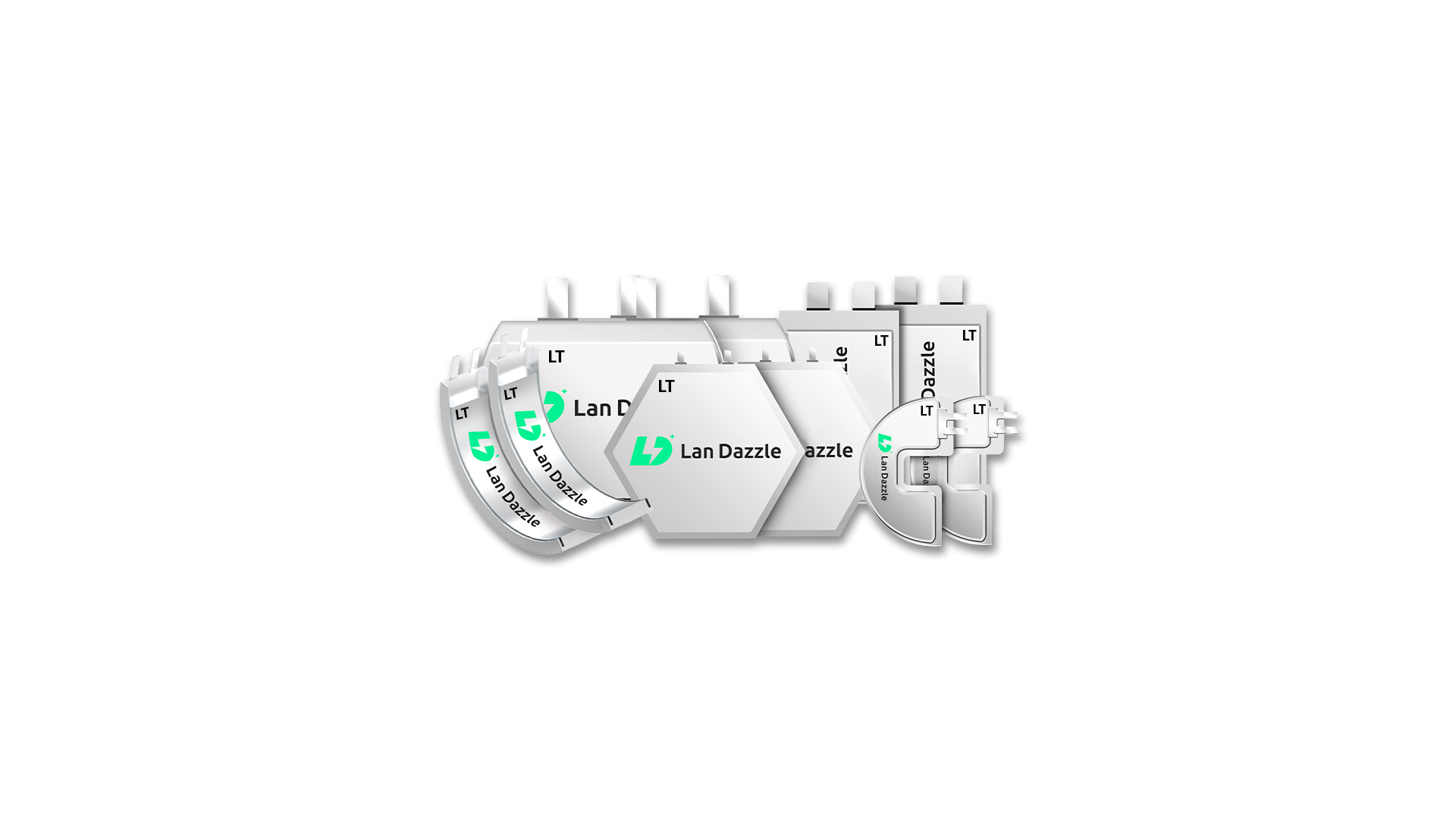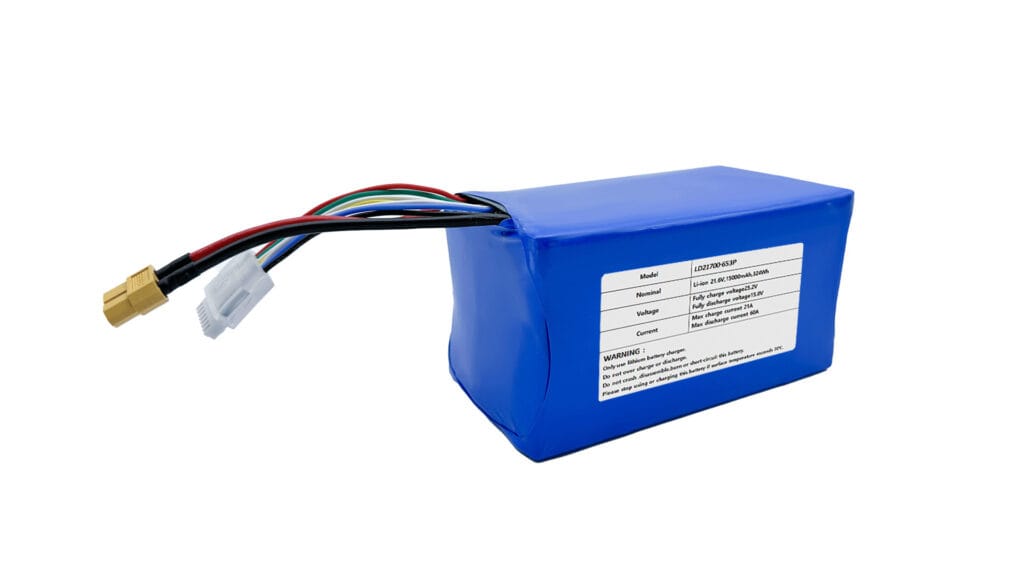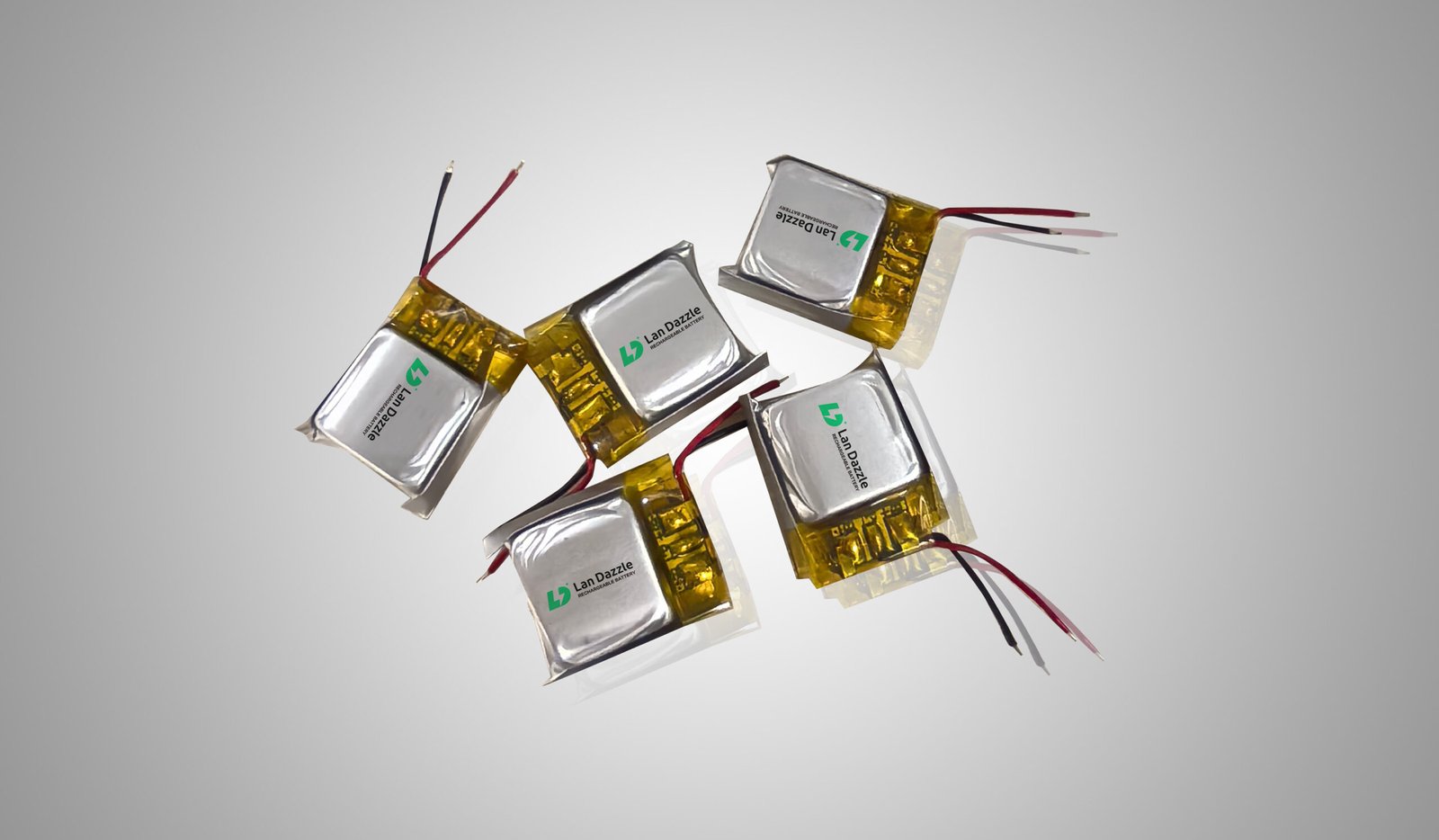In our increasingly connected world, reliable and efficient energy storage is no longer a luxury—it’s a necessity. From the smartphones in our pockets to the electric vehicles (EVs) on our roads and the massive grids storing renewable energy, batteries are the silent workhorses powering our lives. At the heart of every battery lies a crucial component: the Elektrolyt. This often-overlooked material is responsible for moving electrical charge between the positive and negative terminals, making the entire system work.
For decades, liquid electrolytes have dominated the battery landscape. While effective, they come with inherent drawbacks, primarily related to safety, as they often contain flammable organic solvents. This vulnerability has driven an urgent global search for alternatives that are safer, more versatile, and capable of pushing the boundaries of energy density. Enter the polymer electrolyte—a revolutionary material poised to transform how we power our world.
Why do polymer electrolytes matter now more than ever? As demand for electric vehicles surges, and as our reliance on compact, flexible, and integrated electronic devices grows, the limitations of traditional battery technology become more apparent. Polymer electrolytes offer a compelling solution, promising a future where batteries are not only more powerful but also significantly safer and adaptable to virtually any form factor.
What Exactly is a Polymer Electrolyte? The Fundamentals
To truly understand a polymer electrolyte, let’s break down its name: “polymer” and “electrolyte.”
In seinem Kern ist ein Polymer is a large molecule made up of many repeating smaller units, much like a long chain built from countless identical links. Think of familiar materials like plastics or even natural substances like DNA – these are all polymers. They are known for their versatility, allowing them to be engineered for various properties, from rigid to highly flexible.
An Elektrolyt, on the other hand, is any substance that contains free ions (charged atoms or molecules) that allow it to conduct electricity. In a battery, the electrolyte acts as the highway for ions, enabling them to travel between the anode (negative electrode) and the cathode (positive electrode), thus completing the electrical circuit and generating power.
When you combine these two concepts, a polymer electrolyte emerges as a unique material: a polymer matrix (the “chain” structure) within which ions can move freely. Unlike liquid electrolytes, which rely on the physical flow of a fluid, polymer electrolytes conduct ions through a more intricate dance. Dissolved salts (such as lithium salts in lithium-ion batteries) provide the crucial ions. These ions then hop or “snake” through the flexible, interconnected polymer chains. This segmental motion of the polymer itself facilitates the movement of ions, making the material electrically conductive despite being a solid or semi-solid.
Key properties that define the performance of polymer electrolytes include their ionic conductivity (how well ions move), mechanical strength (how robust they are), thermische Stabilität (how well they withstand heat), and electrochemical window (the voltage range over which they remain stable). These properties are meticulously engineered to optimize battery performance and safety.
Types of Polymer Electrolytes: A Diverse Family
The field of polymer electrolytes isn’t monolithic; it comprises a diverse family of materials, each with its unique characteristics, advantages, and ideal applications. The main categories include solid polymer electrolytes, gel polymer electrolytes, and composite polymer electrolytes.
Solid Polymer Electrolytes (SPEs): The “Dry” Solution
Solid Polymer Electrolytes (SPEs) represent the purest form of a “solid-state” electrolyte. They are typically composed of a polymer host (like polyethylene oxide, or PEO) and a dissolved lithium salt. In SPEs, ions move directly through the polymer chains themselves, relying on the polymer’s segmental motion.
- Vorteile: SPEs offer the highest level of safety due to the complete absence of flammable liquid components. This eliminates leakage and significantly reduces the risk of thermal runaway and fire, a major concern with traditional liquid lithium-ion batteries. They also boast excellent mechanical integrity.
- Nachteilig: Historically, SPEs have suffered from lower ionic conductivity at room temperature, meaning they don’t conduct ions as efficiently as liquids. This can limit their power output and charging speed, often requiring elevated operating temperatures for optimal performance. Crystallinity within the polymer can also hinder ion movement.
- Key Point: SPEs are considered the ideal for achieving truly solid-state batteries, but their room-temperature performance remains a major research focus.
Gel Polymer Electrolytes (GPEs): Bridging the Gap
Gel Polymer Electrolytes (GPEs), sometimes called “quasi-solid” or “plasticized” polymer electrolytes, offer a compromise between the high conductivity of liquid electrolytes and the safety of solid ones. They consist of a polymer matrix swollen with a small amount of liquid electrolyte or a “plasticizer” (a non-volatile solvent).
- Vorteile: GPEs generally exhibit higher ionic conductivity at room temperature compared to SPEs, making them more suitable for current battery applications. The liquid component helps facilitate ion movement, while the polymer network provides structural integrity and reduces the risk of leakage compared to purely liquid systems. They also tend to have better interfacial contact with electrodes.
- Nachteilig: While safer than liquid electrolytes, GPEs still contain a small amount of liquid, which means a residual, albeit reduced, risk of flammability or leakage compared to true SPEs. Their mechanical strength can also be somewhat lower than that of dry SPEs.
- Key Point: GPEs are a popular choice for immediate applications due to their balance of performance and safety improvements.
Composite Polymer Electrolytes (CPEs): Enhanced Performance
Composite Polymer Electrolytes (CPEs) represent a modern approach to overcoming the limitations of both SPEs and GPEs. These materials combine a polymer matrix and dissolved salts with inorganic fillers (such as ceramic nanoparticles like aluminum oxide or titanium dioxide).
- Vorteile: The inclusion of inorganic fillers can significantly enhance ionic conductivity by creating new pathways for ion transport and by disrupting the polymer’s crystalline regions, making them more amorphous and conductive. These fillers can also improve mechanical strength, thermal stability, and reduce the formation of unwanted structures called dendrites, especially with lithium metal anodes.
- Nachteilig: Achieving uniform dispersion of fillers within the polymer matrix can be challenging, and the overall complexity of the material increases.
- Key Point: CPEs are at the forefront of polymer electrolyte research, offering a pathway to high-performance, robust, and safe next-generation batteries.
Beyond these main types, researchers are also exploring emerging categories such as ionic liquid-based polymer electrolytes and bio-based polymer electrolytes, which aim for even greater safety and sustainability.
The Advantages of Polymer Electrolytes: Why They’re a Game Changer
The unique properties of polymer electrolytes make them exceptionally promising for the next generation of energy storage devices. Their benefits address many of the limitations of conventional liquid electrolytes, paving the way for revolutionary advancements.
Enhanced Safety: Eliminating the Fire Hazard
Perhaps the most significant advantage of polymer electrolytes is their inherent safety. Unlike traditional liquid electrolytes, which often contain flammable organic solvents, polymer electrolytes are largely non-flammable. This dramatically reduces the risk of thermisches Durchgehen—a dangerous chain reaction where a battery rapidly overheats, leading to fire or explosion.
In traditional lithium-ion batteries, a damaged separator or internal short circuit can quickly lead to thermal runaway due to the volatile liquid electrolyte. With polymer electrolytes, especially solid polymer electrolytes (SPEs), this risk is substantially mitigated. While exact statistics are still emerging for widespread commercial solid-state batteries, estimates suggest that the failure rate of solid-state batteries could be at least ten times lower than that of lithium-ion batteries, and their thermal runaway temperature is significantly higher. This makes them a critical component for safety-sensitive applications like electric vehicles and grid-scale energy storage.
Flexibility and Form Factor: Beyond Rigid Batteries
The polymeric nature of these electrolytes allows for remarkable flexibility and adaptability in battery design. Unlike brittle ceramic solid electrolytes or free-flowing liquids, polymer electrolytes can be cast into thin, flexible films that conform to various shapes. This opens up entirely new possibilities for product design.
Imagine smart cards that are truly bendable, medical patches that deliver drugs seamlessly, or even electronic textiles integrated into clothing. These flexible and thin form factors are practically impossible with conventional rigid batteries but become achievable with polymer electrolyte technology.
Improved Energy Density (Potential): More Power in Less Space
Polymer electrolytes hold the key to unlocking significantly higher energy densities in batteries. This is primarily because they can enable the safe use of lithium metal anodes. Lithium metal has the highest theoretical energy capacity of any anode material, far exceeding the graphite used in today’s lithium-ion batteries. However, its high reactivity and propensity to form dangerous lithium dendrites (spiky growths that can short-circuit the battery) have made it unsafe with liquid electrolytes.
Polymer electrolytes, with their solid nature and ability to suppress dendrite growth, offer a pathway to safely integrate lithium metal. This could lead to batteries with nearly double the energy density of current lithium-ion cells (e.g., aiming for >400 Wh/kg compared to current ~250 Wh/kg), meaning electric vehicles could travel much farther on a single charge, and portable devices could last significantly longer.
Longer Lifespan and Stability
The stable, solid-state nature of polymer electrolytes can also contribute to a longer battery lifespan. They are less prone to undesirable side reactions with electrodes that can degrade performance over time, common in liquid electrolyte systems. This improved interfacial stability means batteries can undergo more charge-discharge cycles before their capacity significantly diminishes, leading to a more durable and reliable energy storage solution.
Current Applications: Where Polymer Electrolytes are Making an Impact
While still an evolving technology, polymer electrolytes are already finding their way into various cutting-edge applications, with their greatest impact anticipated in the coming years.
Solid-State Batteries: The Holy Grail of Energy Storage
The most prominent and transformative application of polymer electrolytes is in solid-state batteries (SSBs). For many, SSBs represent the “holy grail” of battery technology due to their potential for unmatched safety, higher energy density, and longer lifespan. Polymer electrolytes are a leading candidate for the solid electrolyte material in these next-generation batteries.
Major automotive manufacturers and battery developers worldwide are heavily investing in this technology. Companies like QuantumScape, Solid Power, Toyota, und Samsung SDI are actively developing and prototyping solid-state batteries using various solid electrolyte chemistries, including polymer-based ones. The global solid-state battery market is projected to grow significantly, from an estimated USD 98.96 million in 2024 to over USD 1.3 billion by 2032, driven largely by the electric vehicle sector’s demand for safer, higher-performance power sources. The promise is clear: EVs that charge faster, go further, and are inherently safer than their liquid-electrolyte counterparts.
Flexible and Wearable Electronics
The inherent flexibility of polymer electrolytes makes them ideal for the burgeoning market of flexible and wearable electronic devices. Traditional rigid batteries simply don’t fit the design needs of smart clothing, bendable displays, rollable devices, or compact implantable medical devices. Polymer electrolytes allow batteries to be molded into virtually any shape, integrated seamlessly into fabrics, or even designed to stretch and bend without losing performance. This enables a new generation of unobtrusive and comfortable electronic devices.
Fuel Cells and Other Electrochemical Devices
Beyond batteries, polymer electrolytes are also critical components in other electrochemical systems. Polymer Electrolyte Membrane Fuel Cells (PEMFCs), for instance, use a polymer membrane as the electrolyte to efficiently convert chemical energy (typically from hydrogen and oxygen) into electrical energy. These fuel cells are crucial for applications ranging from clean transportation to stationary power generation. Additionally, polymer electrolytes are being explored in sensors, electrochromic windows (smart windows that change tint with an electrical charge), and supercapacitors, leveraging their unique ionic conductivity and material properties.
Challenges and the Path Forward: Overcoming Hurdles
Despite their remarkable promise, polymer electrolytes still face significant challenges that researchers and engineers are actively working to overcome before widespread adoption.
Low Room Temperature Ionic Conductivity
The biggest hurdle for many polymer electrolytes, especially pure solid polymer electrolytes (SPEs), is their relatively low ionic conductivity at room temperature. While they perform well at elevated temperatures (where polymer chains are more flexible), their efficiency drops when cool. This translates to slower charging and discharging rates, and reduced power output in practical applications like electric vehicles operating in cold climates.
Research efforts are intensely focused on developing new polymer chemistries, incorporating innovative plasticizers, and utilizing highly conductive inorganic fillers to enhance ion movement at ambient temperatures. The goal is to achieve conductivity comparable to liquid electrolytes without sacrificing safety.
Interfacial Stability and Dendrite Formation
When using highly reactive lithium metal anodes, ensuring a stable interface between the electrode and the polymer electrolyte is crucial. Poor interfacial contact can lead to high resistance, reducing efficiency. Even with polymer electrolytes, the persistent challenge of lithium dendrite formation (those spiky growths) can still occur, potentially leading to short circuits and safety issues over extended cycling. Scientists are exploring advanced polymer structures, coatings, and composite materials to create more robust and stable interfaces that can effectively suppress dendrite growth.
Mechanical Strength vs. Flexibility Trade-offs
Designing a polymer electrolyte often involves a delicate balance between mechanical strength and flexibility. A battery needs to be robust enough to withstand stresses, but for flexible applications, the electrolyte must also be pliable. Optimizing polymer composition and incorporating reinforcing additives are key strategies to achieve both durability and flexibility simultaneously.
Manufacturing Scalability and Cost
Translating laboratory-scale successes into cost-effective, mass-produced polymer electrolytes for commercial products remains a significant challenge. The synthesis of new polymer materials, the precise incorporation of fillers, and the development of efficient manufacturing processes all contribute to the overall cost. Researchers are working on scalable and economically viable production methods to make polymer electrolyte batteries competitive with existing technologies.
The Future of Polymer Electrolytes: A Glimpse Ahead
The trajectory of polymer electrolyte research and development is steep and promising. Overcoming current challenges will unlock a future where these materials are central to our energy ecosystem.
Next-Generation Battery Technology
The most profound impact of polymer electrolytes will undoubtedly be on next-generation battery technology, particularly for electric vehicles. Breakthroughs in polymer design that enable high ionic conductivity at room temperature, coupled with improved interfacial stability, will make high-energy-density lithium metal solid-state batteries a commercial reality. This means EVs with significantly longer ranges, ultra-fast charging capabilities, and unparalleled safety. Imagine a world where battery anxiety is a thing of the past.
Broader Impact: Beyond Batteries
The influence of polymer electrolytes extends far beyond traditional batteries. They are poised to integrate into smart grids, enabling more efficient and safer storage of renewable energy from solar and wind farms. In the biomedical field, flexible polymer electrolyte-based devices could revolutionize implantable sensors, wearable health monitors, and drug delivery systems. The Internet of Things (IoT) will also benefit from miniaturized, flexible, and long-lasting power sources made possible by these materials. Furthermore, there’s a growing emphasis on developing sustainable and biodegradable polymer electrolytes, derived from renewable resources, ensuring that our energy solutions are not only efficient but also environmentally friendly throughout their lifecycle.
Conclusion: Powering Innovation with Polymers
Polymer electrolytes represent a paradigm shift in energy storage. By offering a compelling blend of enhanced safety, design flexibility, and the potential for higher energy density, they are poised to revolutionize batteries and power countless innovations. While challenges remain, the global scientific and industrial communities are relentlessly pursuing solutions, paving the way for a future where our devices, vehicles, and even our homes are powered by safer, more sustainable, and ultimately more capable energy solutions. The journey “beyond liquids” is well underway, and polymer electrolytes are leading the charge towards a brighter, more electrified future.
Unter Lan DazzleWir sind spezialisiert auf custom lithium polymer battery solutions tailored to your unique application. Whether your design requires ultra-thin cells, curved batteries, or advanced polymer electrolyte systems for improved safety and flexibility—we’ve got you covered. Contact us today at info@landazzle.com to let our engineering team power your innovation.





